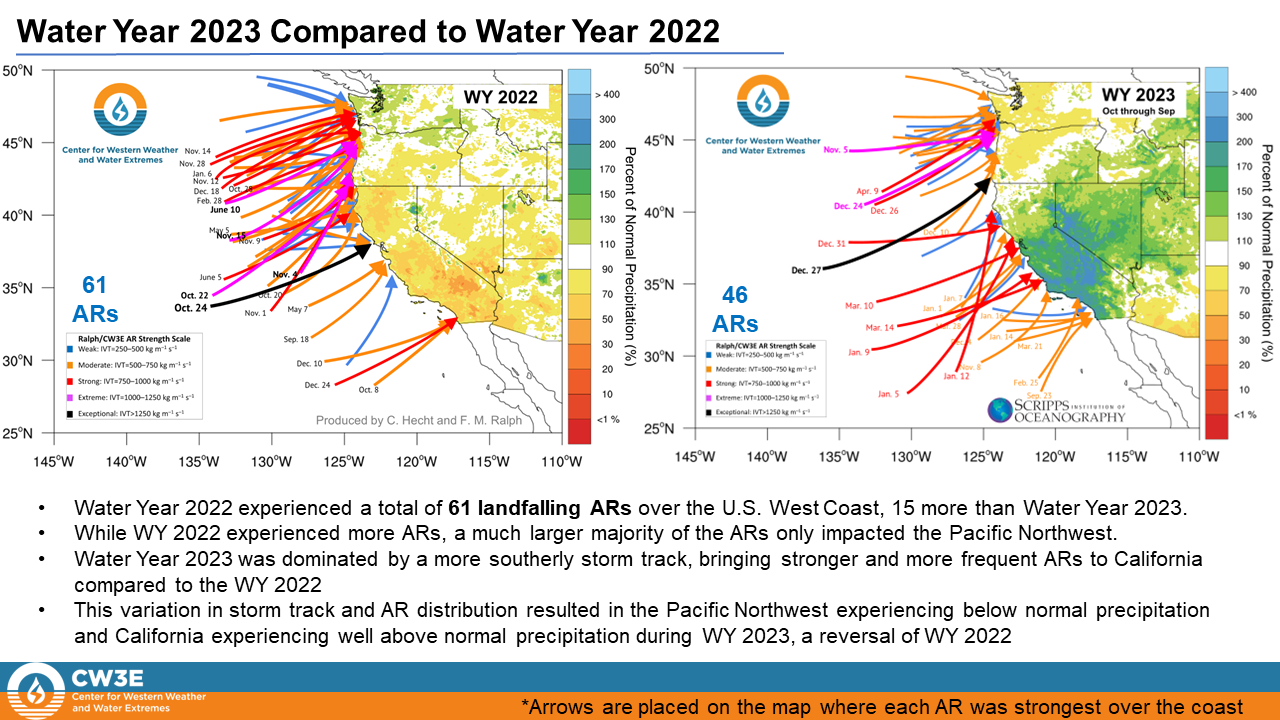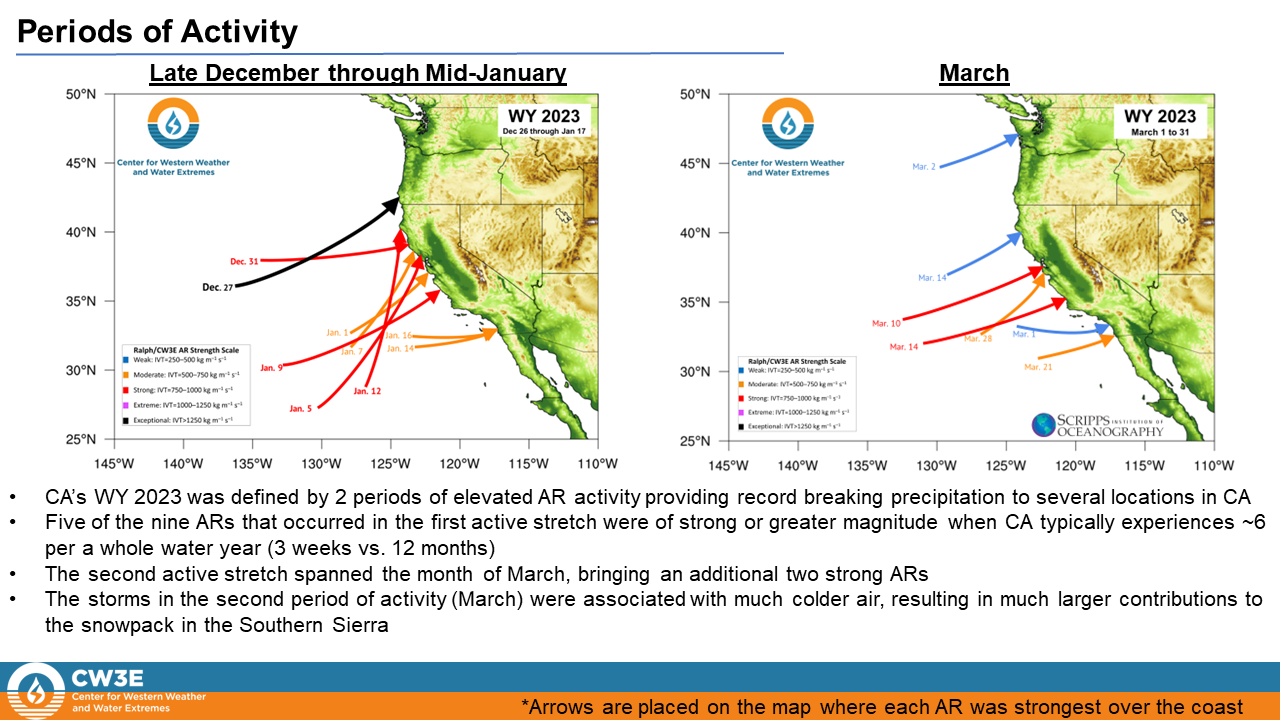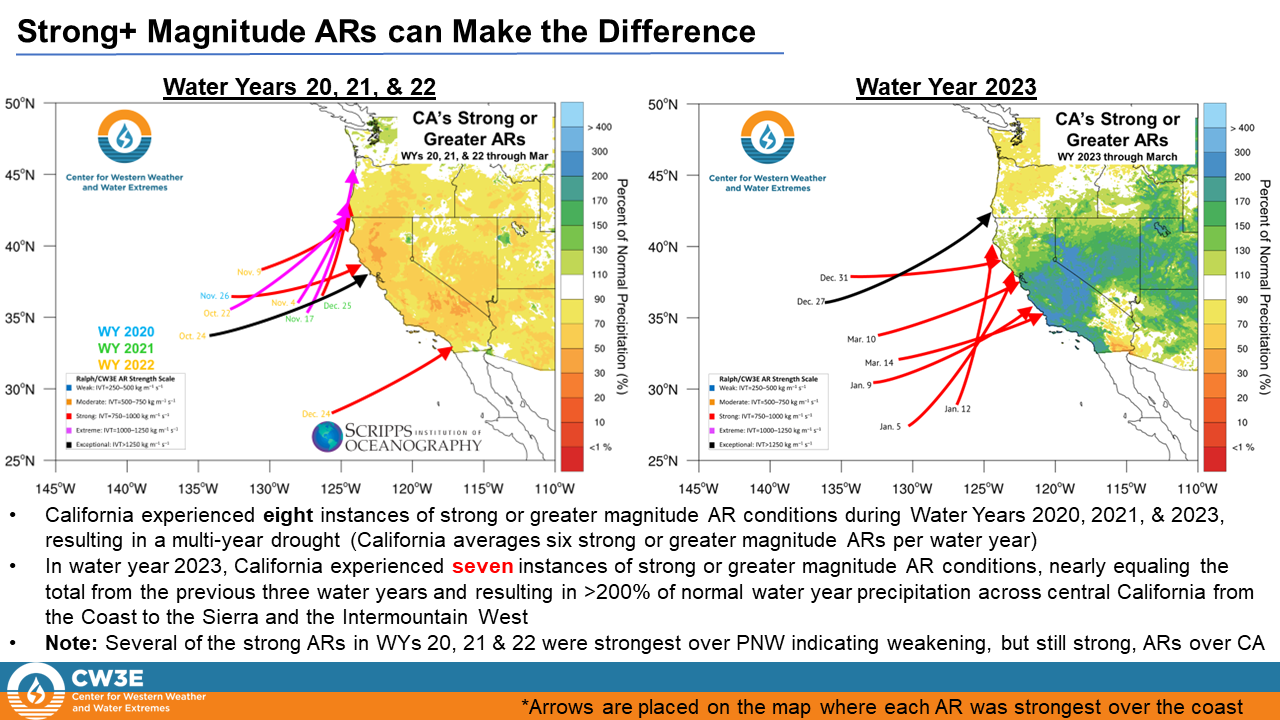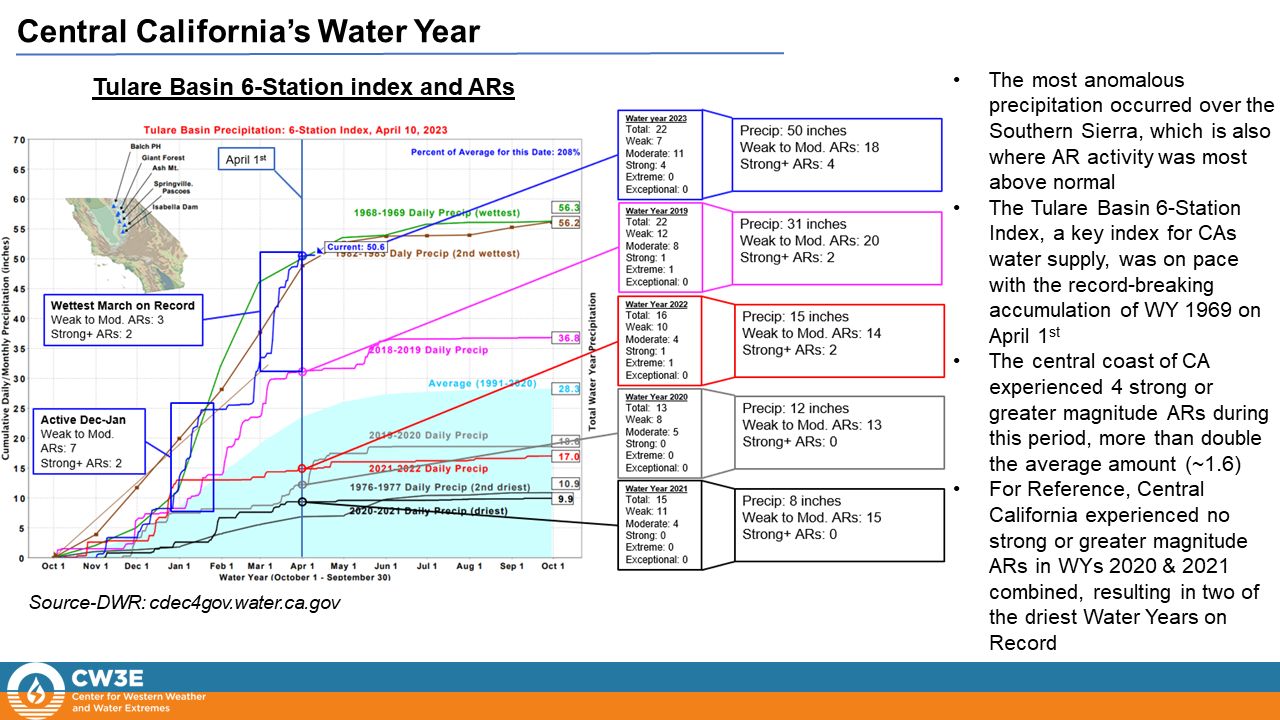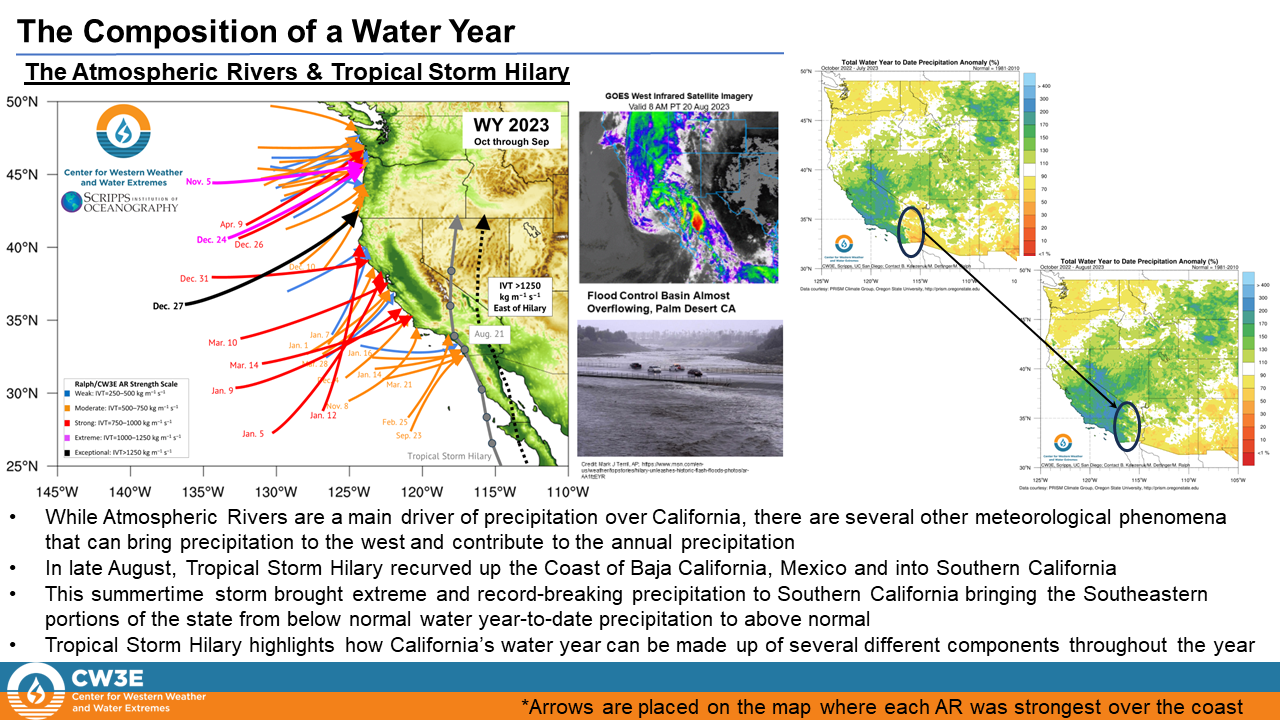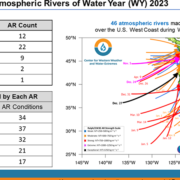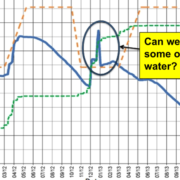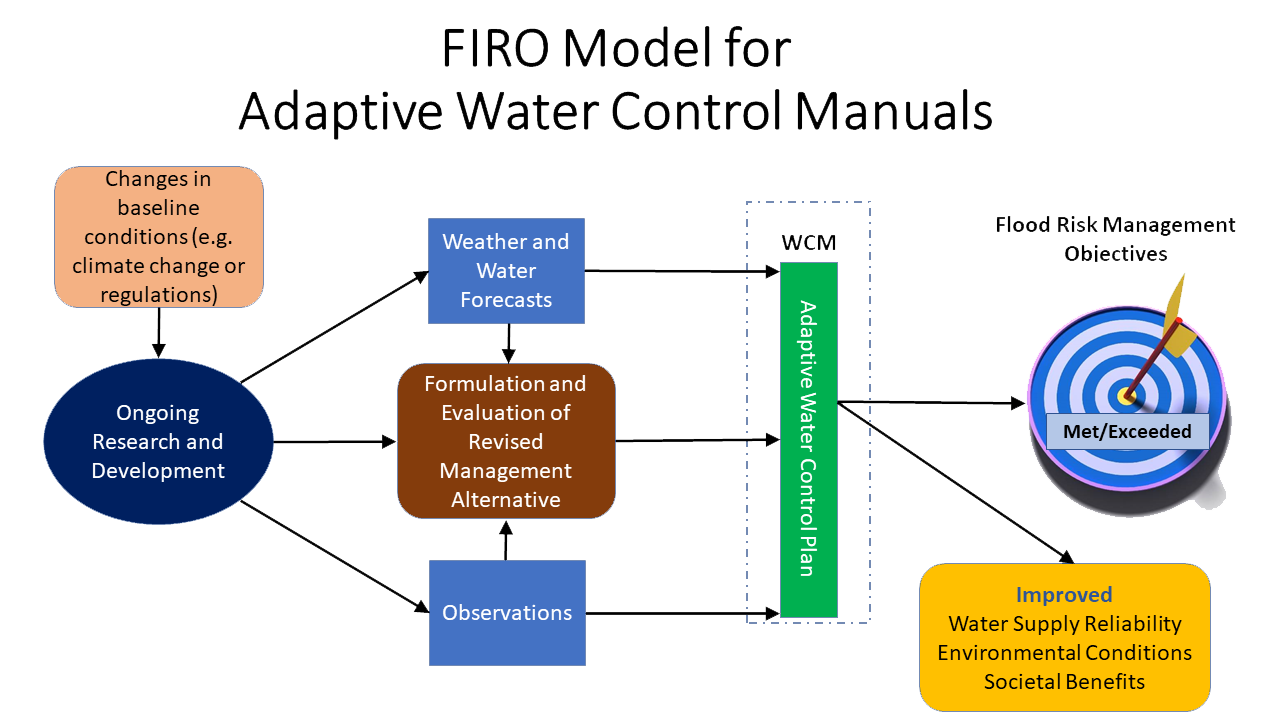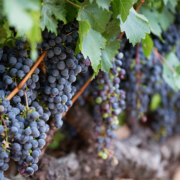The start of wine grape growing season in California’s Napa Valley now comes nearly a month earlier than it used to because of the region’s warming climate, according to a new study from a team led by UC San Diego Scripps Institution of Oceanography researcher Dan Cayan.
The research, published online in the International Journal of Climatology on June 29, is based on an analysis of local temperature records spanning 1958-2016 that charts the effects of natural climate variations such as the Pacific Decadal Oscillation and the growing influence of human-caused climate change upon the seasonal rhythms and shorter term temperature extremes in Napa Valley.
Since 2006, Cayan has been working with the Napa Valley Vintners trade association, which funded the new research along with additional support from the National Oceanic and Atmospheric Administration (NOAA) and the U.S. Geological Survey (USGS), to help Napa vintners understand the effects of climate variation and change on their region and on their renowned premium grapevines.
“The vintners want to know what’s changing and what the nature of those changes is,” said Cayan.
In a 2011 report, Cayan showed that Napa had warmed by 1-2 degrees Fahrenheit since the 1930s — markedly less than the 3 degrees of warming suggested by earlier studies. Cayan and his team found then that the magnitude of warming in Napa is difficult to pin down exactly, and different temperature records and ways of treating them result in a substantial range in estimated temperature trends. The team took great pains to identify temperature records that most correctly captured Napa’s unique climate, which is affected both by cooler maritime influences and inland heat.
Temperature variation and change
The present study takes another look at Napa’s temperature variation and change, adding seven years of more recent data. It also takes a sharper aim at factors that are particularly important to Napa’s viticulture, translating the decades of temperature observations into a set of key wine-growing metrics. The goal, said Cayan, was to use this lengthy temperature record to examine the implications of the last six decades of temperature variation and change for Napa Valley vineyard growers and wine producers.
The researchers assembled their temperature data largely from observations taken at the Napa State Hospital. Cayan said the hospital’s location makes it an imperfect representation of weather conditions in Napa. It is close to roads and buildings which can influence temperature readings, but this weather station has been in place for several decades and biases introduced by the surroundings have likely been consistent. NOAA has also deemed the temperature record from the hospital reliable enough to use it as one the data sources for its national and regional scale climate monitoring in the United States.
The researchers filled in any missing data using other sources, such as the weather records from a weather station in Oakville, California managed by the state’s Department of Water Resources, and performed other quality control steps to ensure the data were as reliable as possible.
“Wine grapes offer a super interesting lens through which we can view climate variation,” said Cayan, noting the many ways temperature impacts grape growth and wine quality.
Using the Napa daily temperature records, the team developed and analyzed variations and changes in several temperature-dependent metrics of importance to wine grapes. Key among these metrics was the beginning of the growing season, which was defined as the time when the average daily temperature rises in spring to consistently exceed 50 degrees Fahrenheit.
The study also looked at the time required to bring wine grapes to maturity. Other measures included the occurrence of extreme hot days that may be detrimental to grape quality, and the temperature during the final 45 days before grapes mature — a period that is vital in determining grapes’ sugar content and flavor.
Growing season starts four weeks earlier now than in 1950s
The study found that the growing season now starts more than four weeks earlier than it did in 1958. This means that in Napa back around 1958, average daily temperatures typically first exceeded 50 degrees Fahrenheit consistently around April 1. Fast forwarding to 2016, the study finds that the start of the growing season generally occurs around March 1.
For wine growers and makers this means that wine grapes will also generally mature about a month earlier than they used to in the late 1950s, but Cayan noted that the actual harvest date is more changeable, as some vintners may make stylistic choices to delay harvest.
“This is a remarkable long-term shift given that wine grapes require about six months to mature on the vine and most year-to-year fluctuations in growing season start were typically limited to about three weeks,” said Cayan.
Warmer conditions, earlier growing seasons
The average temperature of the last 45 days of the growing season also warmed by more than 3 degrees Fahrenheit during the study period.
“The Napa record indicates an undeniable shift towards earlier growing seasons and warmer conditions,” said Cayan. “The strongest changes took hold in the 1970s and warmed pretty dramatically through the 1990s, in sync with the large-scale North Pacific climate shift that commenced in the mid-1970s.”
The warming trend Cayan and his colleagues observed in Napa echoed changes seen elsewhere in the American West and Pacific Ocean. In recent decades, western North America has been one of the U.S. hot spots for warming, with about 2 degrees Fahrenheit of increase compared to 1950’s temperatures. Napa’s warming during that period was roughly equivalent.
Anthropogenic climate change
Additionally, anomalously warm temperatures persisted in recent decades despite the fact that a natural source of climatic variation called the Pacific Decadal Oscillation reverted to its cooler state.
“As numerous studies have demonstrated in other settings, these persistent changes strongly suggest that anthropogenic climate change is playing a role,” said Cayan.
Along with warmer seasonal average temperatures in recent decades, the Napa record has shown a significant reduction in the occurrence of cool extremes and an increased occurrence of warm extremes.
Global impacts of climate change
The advancing start of the wine grape growing season in Napa joins a body of research documenting how climate change has altered seasons across the globe, with the most direct comparison being the earlier start of spring.
“This is another piece of evidence of a remarkable seasonal change occurring across the western landscape and is very likely a signal that is being reinforced by climate change,” said Cayan.
However, Cayan was careful to note that the links between Napa’s warming climate and anthropogenic climate change inferred in this study’s results were correlational rather than causal.
“Regional temperature changes including those in Napa Valley are invariably affected by multiple natural drivers as well as human-caused warming effects,” said Cayan. “Teasing those influences apart would require an extensive climate modeling attribution science study that was beyond the scope of the present study.”
Climate challenges for Napa Valley wine growers
For winemakers in Napa banking on the continuation of their historically mild Mediterranean climate, Cayan said the results underscore that “climate changes are likely to drive Napa growers to continue to innovate, perhaps using novel growing practices, and perhaps by introducing grape varieties that might be more heat-tolerant.”
Further, the paper states that the continued anomalous warmth of the last seven years combined with projected further warming strongly suggests that an additional 1 degree Fahrenheit of warming is likely within the next three decades, along with more significant and more frequent bouts of extreme heat.
“Such an increase in heat would impose a challenge in producing premium quality wine,” wrote the study authors.
Rapidly warming climate
And Napa is not alone. Other regions with longer wine growing traditions, such as France or Italy, are already experiencing similar forks in the road when it comes to the continued viability of their chosen varieties and systems of agriculture in the face of rapidly warming climate.
Looking forward, Cayan suggested that California should take an even more fine-grained approach to anticipate the local effects of climate change, especially in regions with sensitive crops such as wine.
“A key issue for Napa is the extent to which its climate will be moderated by its marine layer air-conditioning and whether that can overcome the faster warming projected in nearby inland regions,” said Cayan. “We need more precise regional climate investigations to get a better handle on how changes in the coast-interior transition zones might unfold.”
Laurel DeHaan and Mary Tyree of Scripps Oceanography as well as sustainability scientist Kimberly Nicholas of Lund University were co-authors of the study.
(Editor’s Note: Story by Alex Fox, at UC San Diego Scripps Institution of Oceanography. The San Diego County Water Authority has partnered with the Scripps Institution of Oceanography at UC San Diego to better predict atmospheric rivers and improve water management before, during, and after those seasonal storms.)

